Home>Home Appliances>Cleaning Appliances>What Do You Put In A Mop Bucket
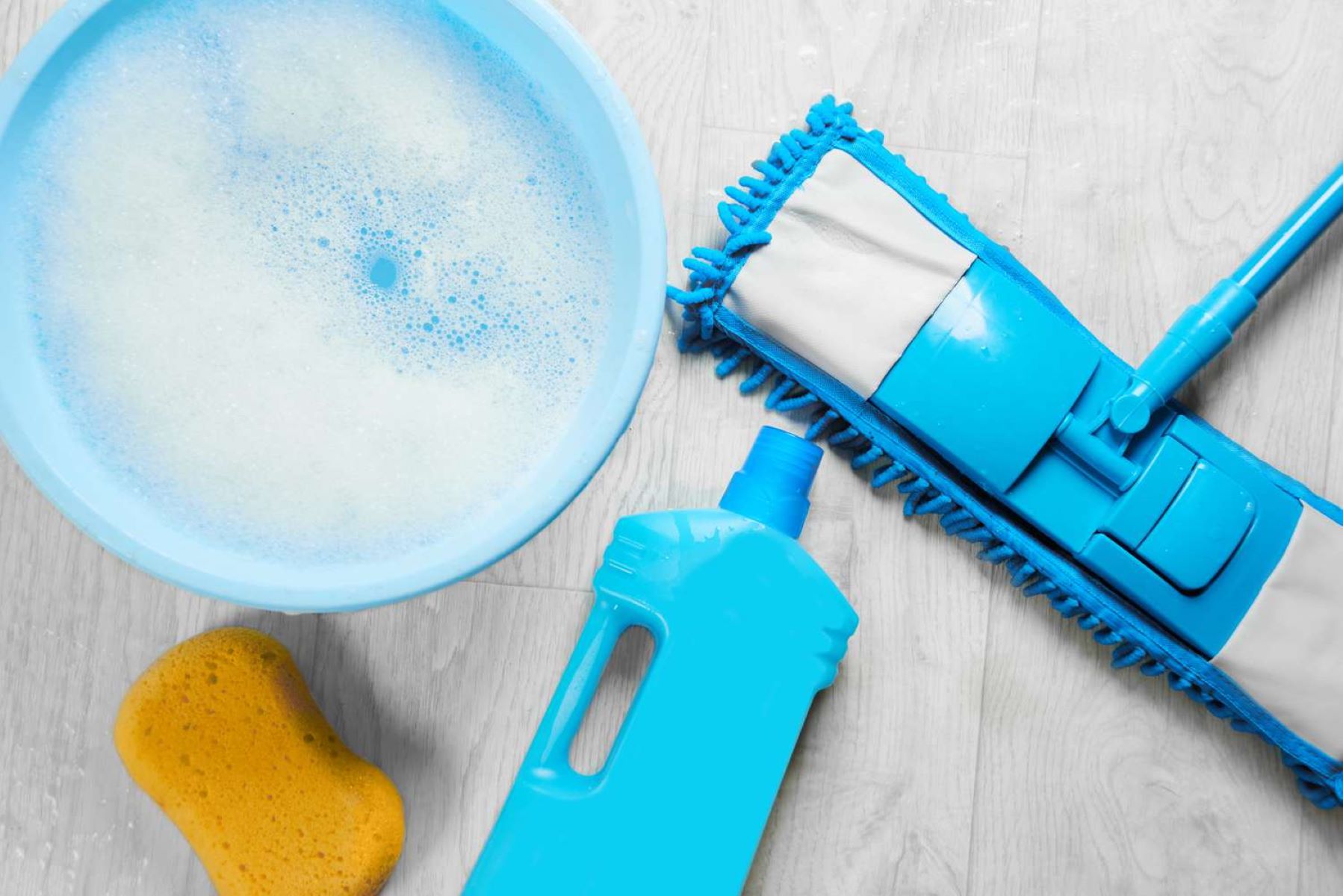

Cleaning Appliances
What Do You Put In A Mop Bucket
Modified: February 25, 2024
Discover the essential items for a mop bucket and keep your cleaning appliances well-stocked. Find out what to put in a mop bucket for effective cleaning.
(Many of the links in this article redirect to a specific reviewed product. Your purchase of these products through affiliate links helps to generate commission for Storables.com, at no extra cost. Learn more)
Introduction
Welcome to the world of deep cleaning! When it comes to keeping your floors sparkling clean, a mop bucket is an indispensable tool. However, to make the most of this cleaning essential, it’s crucial to know what to put in it. From water and cleaning solutions to disinfectants and deodorizers, the possibilities are vast. Understanding the right ingredients for your mop bucket can elevate your cleaning game and leave your floors spotless and fresh.
In this comprehensive guide, we’ll explore the essential elements that go into a mop bucket, as well as optional additions that can take your cleaning routine to the next level. Whether you’re a cleaning aficionado or a novice in the world of deep cleaning, this article will provide valuable insights to help you achieve a pristine and sanitized living space.
Key Takeaways:
- Elevate your cleaning routine by using clean, lukewarm water as the foundation for effective and thorough floor cleaning. Pair it with the right cleaning solution for optimal results.
- Enhance your cleaning game by incorporating disinfectants and deodorizers into your mop bucket. Choose the right components and optional additions to achieve exceptional cleanliness and a fresh, inviting atmosphere.
Read more: How To Put A Mop Bucket Together
Water
Water is the fundamental component of any mop bucket. It serves as the solvent for cleaning solutions and helps distribute the cleaning agents evenly across the floor. When filling your mop bucket, it’s essential to use clean, lukewarm water. Lukewarm water is effective in dissolving cleaning agents and is more comfortable to use than cold water.
Using hot water is not recommended as it can cause certain cleaning solutions to lose their effectiveness. Additionally, extremely hot water can be hazardous when handling the mop bucket. It’s important to strike a balance and opt for lukewarm water to ensure optimal cleaning results and safety.
When adding water to your mop bucket, it’s advisable to fill it to a level that allows the mop head to be fully submerged without causing splashing. This ensures that the mop head is adequately saturated, facilitating efficient cleaning without excess water dripping onto the floor.
Remember, the quality of water used in your mop bucket can impact the overall cleaning outcome. If your tap water is hard or has a high mineral content, it may leave streaks or residue on the floor. In such cases, using distilled water can be beneficial, as it is free from impurities that could affect the cleanliness of your floors.
By starting with clean, lukewarm water in your mop bucket, you lay the foundation for effective and thorough floor cleaning. The next step is to complement the water with the right cleaning solution to tackle dirt, grime, and stains effectively.
Cleaning Solution
Choosing the right cleaning solution for your mop bucket is crucial for achieving spotless and sanitized floors. There are various types of cleaning solutions available, each designed to address specific cleaning needs. From all-purpose cleaners to specialized formulas for different floor surfaces, the options can be overwhelming. When selecting a cleaning solution for your mop bucket, consider the type of flooring you have and any specific cleaning requirements.
All-purpose cleaners are versatile and suitable for a wide range of floor types, making them a convenient choice for many households. These cleaners effectively remove dirt, grease, and grime, leaving floors clean and refreshed. It’s important to follow the manufacturer’s instructions regarding the dilution ratio when mixing the all-purpose cleaner with water in your mop bucket. Using the correct dilution ensures optimal cleaning performance without leaving behind residue.
For specific floor types such as hardwood, laminate, or tile, there are specialized cleaning solutions formulated to maintain the integrity and shine of these surfaces. These solutions are designed to clean gently without causing damage or leaving streaks. When using a specialized cleaning solution, it’s essential to follow the manufacturer’s recommendations to preserve the beauty of your floors.
Some cleaning solutions are formulated to provide additional benefits, such as deodorizing or adding a protective layer to the floor. These multipurpose solutions can enhance the overall cleanliness and longevity of your flooring. When using such solutions, ensure that they are compatible with your flooring material and follow the recommended usage guidelines.
When preparing the cleaning solution in your mop bucket, it’s important to mix it thoroughly with the water to achieve a uniform solution. This ensures that the cleaning agents are evenly distributed and ready to tackle the dirt and grime on your floors effectively.
By selecting the appropriate cleaning solution for your mop bucket, you can ensure that your floors receive the tailored care they need, resulting in a pristine and inviting living space.
Disinfectant
Adding a disinfectant to your mop bucket can elevate your cleaning routine by providing an extra layer of protection against germs, bacteria, and viruses. Disinfecting your floors is especially important in high-traffic areas or spaces where hygiene is a top priority, such as kitchens and bathrooms. A disinfectant helps in killing harmful pathogens and ensuring a clean and healthy environment.
When selecting a disinfectant for your mop bucket, it’s essential to choose one that is suitable for the specific surfaces you intend to clean. Some disinfectants are formulated for use on hard, non-porous surfaces, while others are designed for soft surfaces. It’s crucial to read the product label to ensure that the disinfectant is compatible with your flooring material.
Disinfectants come in various forms, including liquid concentrates, ready-to-use sprays, and wipes. When using a liquid disinfectant in your mop bucket, it’s important to follow the manufacturer’s instructions for dilution to achieve the desired level of disinfection. Over-diluting the disinfectant may reduce its effectiveness, while under-diluting can lead to residue buildup on the floor.
When adding a disinfectant to your mop bucket, it’s advisable to use it in conjunction with a cleaning solution. This allows you to simultaneously clean and disinfect the floors, streamlining the cleaning process and ensuring comprehensive sanitation. However, it’s essential to avoid mixing disinfectants with cleaning products that contain ammonia or bleach, as this can create harmful fumes.
Using a disinfectant in your mop bucket not only helps in maintaining a clean and germ-free environment but also provides peace of mind, especially during times when hygiene is of utmost importance. By incorporating a disinfectant into your cleaning routine, you can ensure that your floors are not only visually clean but also free from harmful microorganisms.
Deodorizer
Introducing a deodorizer to your mop bucket can transform the atmosphere of your living space by imparting a fresh and inviting scent. While cleaning solutions and disinfectants effectively remove dirt and germs, a deodorizer complements the cleaning process by neutralizing odors and leaving behind a pleasant fragrance.
Deodorizers come in various forms, including concentrated liquids, powders, and pre-moistened pads. When selecting a deodorizer for your mop bucket, consider the specific odors you aim to eliminate and the desired fragrance you wish to impart to the cleaned area. Some deodorizers are formulated to target specific odors such as pet odors, food odors, or musty smells, while others offer a variety of fragrances to suit different preferences.
When adding a deodorizer to your mop bucket, it’s important to follow the manufacturer’s guidelines regarding the appropriate dilution ratio or usage instructions. Using the correct amount of deodorizer ensures that it effectively neutralizes odors without leaving behind a strong or overwhelming scent.
It’s essential to choose a deodorizer that is compatible with the surfaces you intend to clean. Some deodorizers are formulated for use on specific flooring materials, while others are suitable for a wide range of surfaces. Additionally, consider any sensitivities or allergies to fragrances that may be present in your household to ensure a comfortable and enjoyable environment for everyone.
By incorporating a deodorizer into your cleaning routine, you can transform the cleanliness of your floors into a multisensory experience. The fresh and inviting scent left behind by the deodorizer can enhance the ambiance of your living space, creating a welcoming and pleasant environment for you and your family.
Read more: What Can You Put In A Steam Mop
Mop Head
The mop head is a critical component of the mop bucket system, as it directly interacts with the cleaning solutions, disinfectants, and deodorizers to ensure thorough and effective cleaning. When selecting a mop head for your mop bucket, consider the type of flooring you have and the specific cleaning requirements of the area to be cleaned.
Microfiber mop heads are a popular choice for their exceptional cleaning capabilities. The microfiber material effectively captures and traps dirt, dust, and debris, providing a thorough clean without leaving behind streaks or residue. Additionally, microfiber mop heads are highly absorbent, making them ideal for cleaning spills and maintaining the cleanliness of various floor surfaces.
Cotton mop heads are another common option, known for their absorbency and durability. These mop heads are suitable for general-purpose cleaning and can effectively distribute cleaning solutions across the floor. However, it’s important to note that cotton mop heads may leave behind lint or fibers, especially on smooth surfaces, requiring additional rinsing or vacuuming after cleaning.
Sponge mop heads are designed for efficiently cleaning smooth and flat surfaces, such as tile, laminate, and hardwood floors. The sponge material absorbs and holds the cleaning solution, allowing for thorough and controlled application. Sponge mop heads are particularly effective for removing spills and stains, providing a convenient solution for regular maintenance cleaning.
When using a mop head in your mop bucket, it’s essential to ensure that it is properly secured to the mop handle to prevent any detachment during cleaning. Additionally, periodically inspect the condition of the mop head and replace it when signs of wear and tear become apparent to maintain optimal cleaning performance.
By selecting the appropriate mop head for your mop bucket and maintaining it in good condition, you can ensure that your floors receive the specialized care they need, resulting in a clean and inviting living space.
Wringer
The wringer is a vital component of a mop bucket, facilitating the efficient removal of excess water from the mop head during the cleaning process. It plays a crucial role in controlling the moisture level of the mop head, ensuring that the floors are cleaned and dried effectively without leaving behind excessive water or streaks.
There are two primary types of wringers commonly found in mop buckets: the side-press wringer and the down-press wringer. Both types serve the same purpose of squeezing out excess water from the mop head, but they differ in their operation and design.
The side-press wringer features a lever or handle on the side of the mop bucket, allowing the user to press down and exert pressure on the mop head, effectively squeezing out the water. This design provides a convenient and ergonomic way to wring out the mop head without the need to bend or lift heavy buckets.
The down-press wringer, on the other hand, is operated by a mechanism located above the mop bucket. It typically consists of a handle that, when pressed or pumped, applies downward pressure to the mop head, expelling excess water. This design offers a hands-free operation, allowing the user to wring out the mop head without direct manual exertion.
When using the wringer, it’s important to apply the appropriate amount of pressure to remove excess water without overly compressing the mop head. Over-wringing the mop head can lead to reduced cleaning effectiveness and premature wear of the mop fibers, while under-wringing may leave the floors excessively wet, requiring additional drying time.
Regular maintenance of the wringer is essential to ensure smooth operation and longevity. Periodically clean the wringer to remove any debris or residue that may affect its functionality. Additionally, inspect the wringer for any signs of wear and replace any worn or damaged components to maintain optimal performance.
By utilizing the wringer effectively and maintaining it in good condition, you can streamline the cleaning process and achieve consistently clean and well-dried floors, enhancing the overall cleanliness and appearance of your living space.
Always start by filling the mop bucket with hot water. Then add the appropriate amount of floor cleaner or disinfectant, following the instructions on the label. Finally, place the mop in the bucket and wring it out before use.
Optional Additions
Besides the essential components of water, cleaning solution, disinfectant, mop head, and wringer, there are optional additions that can enhance the functionality and effectiveness of your mop bucket. These optional elements cater to specific cleaning needs and preferences, providing additional versatility and convenience in maintaining clean and sanitized floors.
Extension Handle
An extension handle can be a valuable addition to your mop bucket, especially for reaching high or difficult-to-access areas. It allows for comfortable and efficient cleaning without the need to strain or overextend, making it an ideal option for cleaning walls, ceilings, or tall fixtures.
Read more: How To Clean A Mop Bucket
Bucket Divider
A bucket divider is a practical accessory that allows you to separate clean water from dirty water within the mop bucket. This segregation helps maintain the cleanliness and effectiveness of the cleaning solution, ensuring that the mop head is consistently exposed to clean water during the cleaning process.
Caster Wheels
Adding caster wheels to your mop bucket can enhance mobility and maneuverability, making it easier to transport the bucket from one area to another. This feature is particularly beneficial for larger spaces or commercial settings, where efficient movement during cleaning is essential.
Splash Guard
A splash guard attachment can minimize splashing and spills when wringing out the mop head, keeping the surrounding area clean and dry. This addition is especially useful for maintaining a tidy and controlled cleaning environment, reducing the need for additional cleanup after mopping.
Bucket Caddy
A bucket caddy provides convenient storage for cleaning supplies, tools, and accessories, keeping them within reach during the cleaning process. This organizational addition ensures that all necessary items are readily available, streamlining the cleaning routine and improving overall efficiency.
By incorporating these optional additions into your mop bucket setup, you can customize and optimize the cleaning process to suit your specific needs, resulting in a more effective and convenient approach to maintaining clean and sanitized floors.
Read more: How To Fill Mop Bucket
Conclusion
As we conclude our exploration of what to put in a mop bucket, it’s evident that the components and additions play a crucial role in achieving pristine and sanitized floors. From the fundamental elements of water and cleaning solutions to the optional additions that enhance functionality and convenience, each aspect contributes to a comprehensive and effective cleaning routine.
Understanding the significance of selecting the right cleaning solution for specific flooring types, incorporating disinfectants to ensure a germ-free environment, and utilizing deodorizers to create a fresh and inviting atmosphere underscores the importance of thoughtful consideration when preparing a mop bucket.
Furthermore, the choice of mop head and the utilization of a well-maintained wringer directly impact the cleaning process, ensuring thorough and efficient floor maintenance. The optional additions, such as extension handles, bucket dividers, caster wheels, splash guards, and bucket caddies, provide tailored solutions to address diverse cleaning needs and preferences.
By embracing the knowledge and insights shared in this guide, you are equipped to elevate your cleaning routine and achieve exceptional results. Whether you’re maintaining a residential space, commercial establishment, or any other environment, the meticulous selection and utilization of mop bucket components and optional additions can significantly enhance the cleanliness and overall ambiance of the area.
As you embark on your cleaning endeavors, may the knowledge gained here empower you to create a space that is not only visually clean but also hygienic, fresh, and inviting. With the right ingredients in your mop bucket, you can embark on a cleaning journey that transforms spaces and elevates the well-being of those who inhabit them.
Frequently Asked Questions about What Do You Put In A Mop Bucket
Was this page helpful?
At Storables.com, we guarantee accurate and reliable information. Our content, validated by Expert Board Contributors, is crafted following stringent Editorial Policies. We're committed to providing you with well-researched, expert-backed insights for all your informational needs.
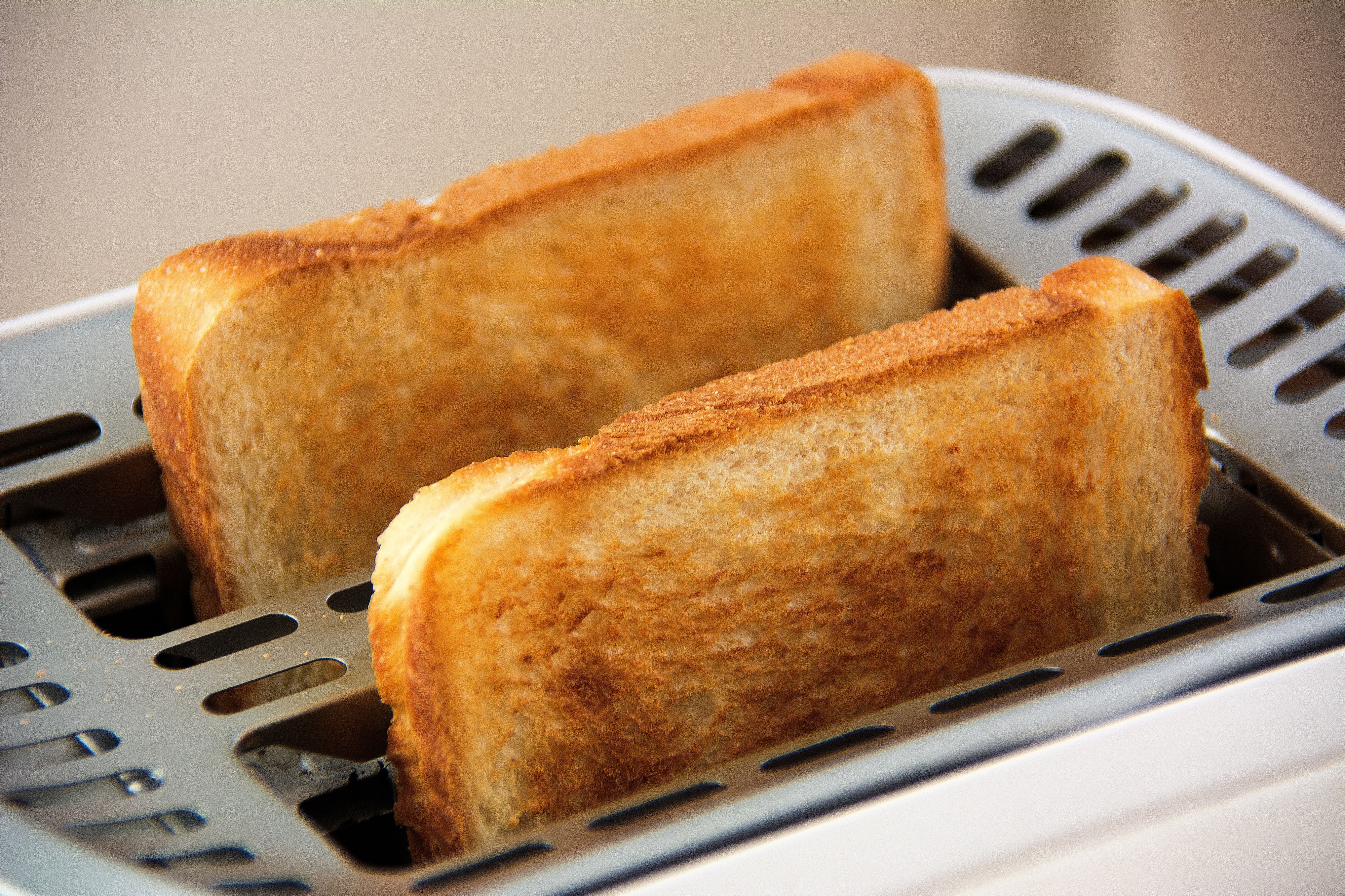
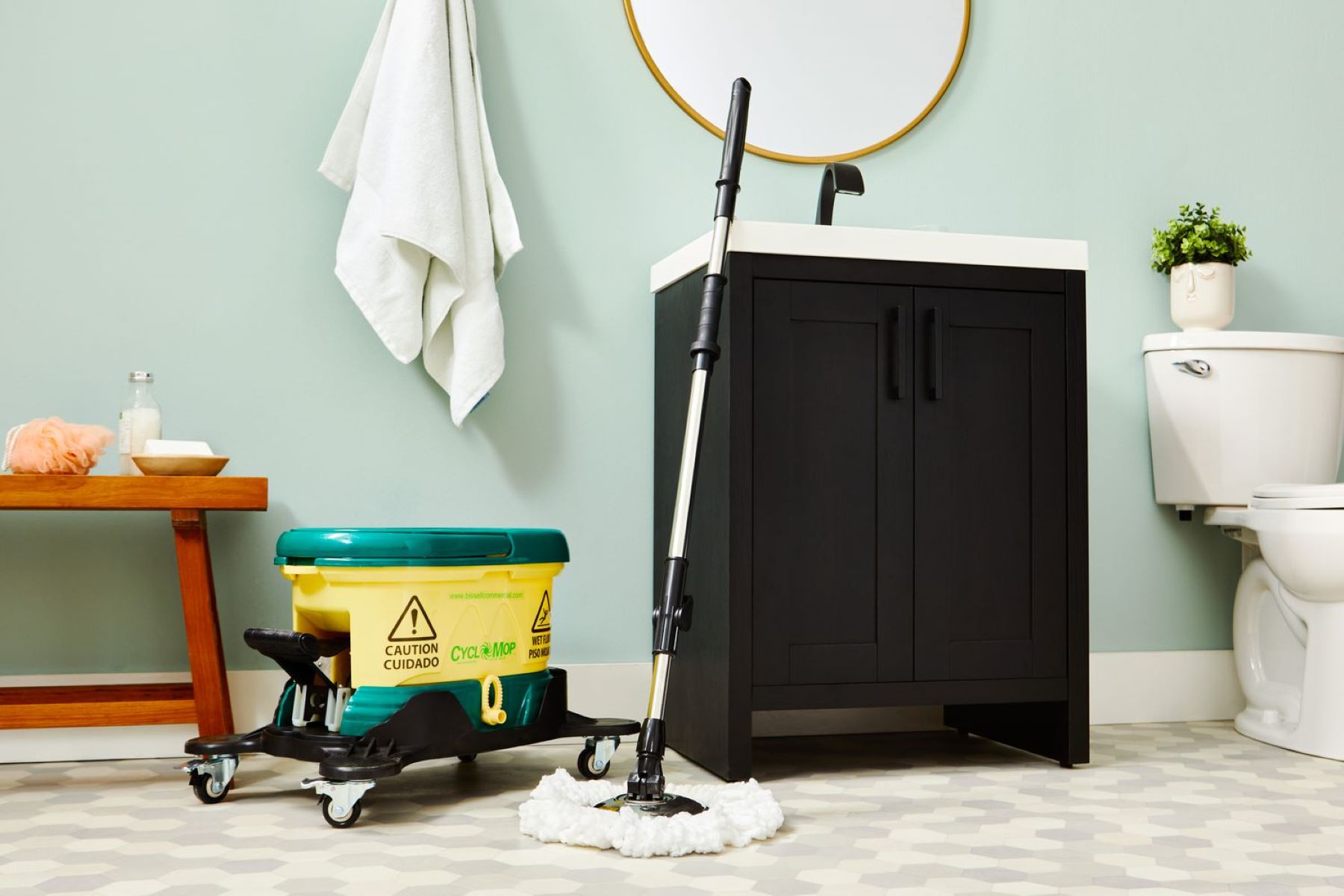
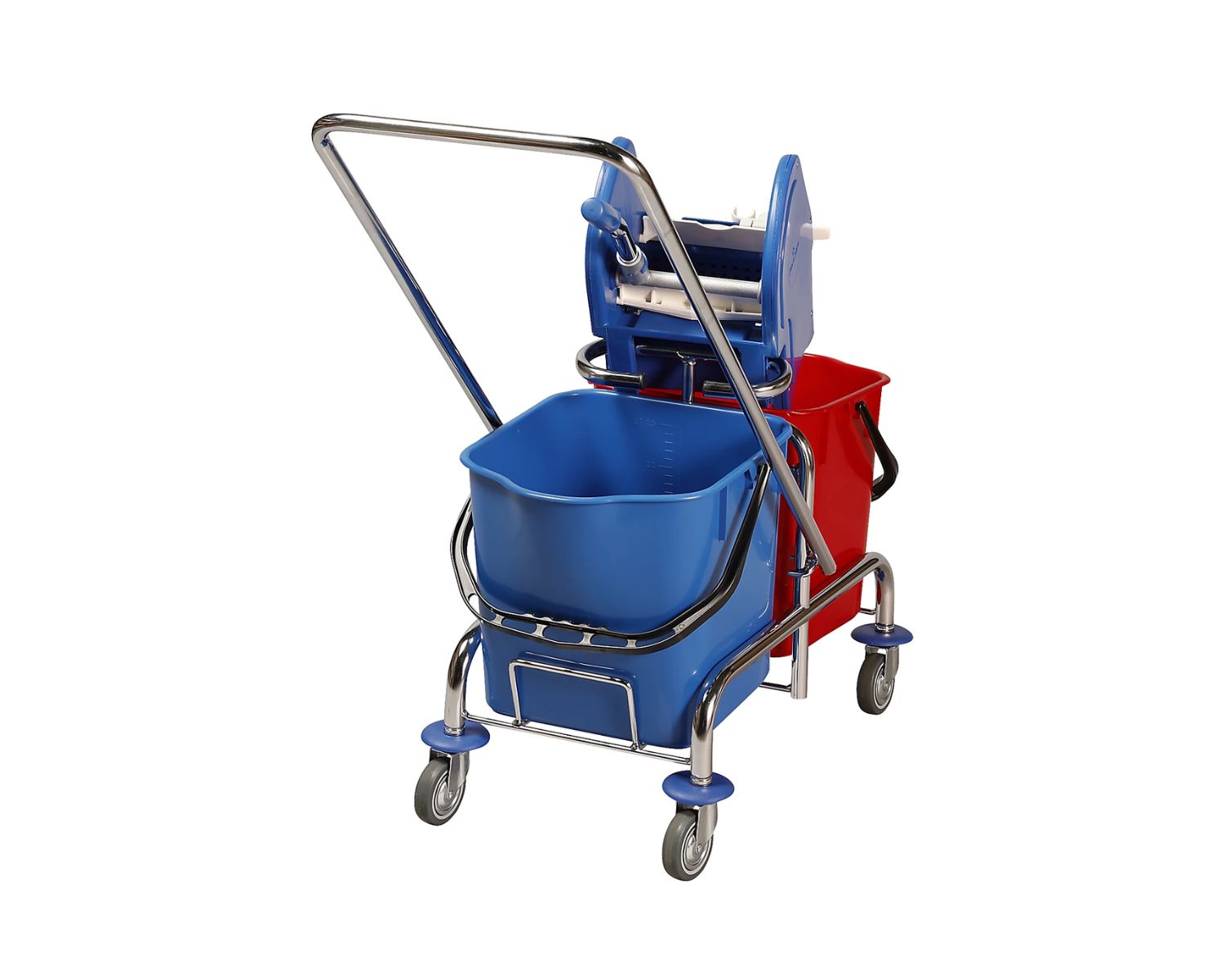
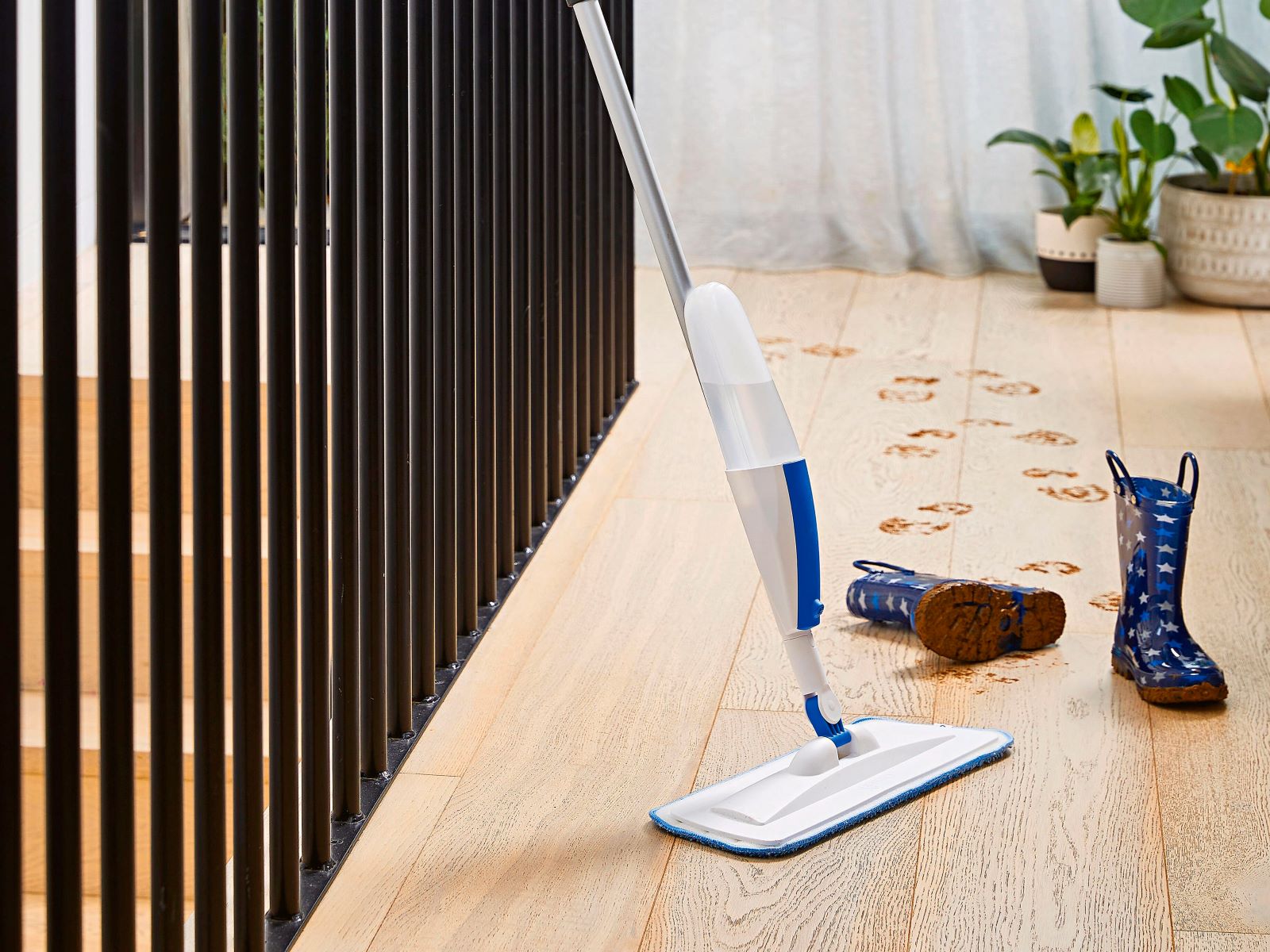
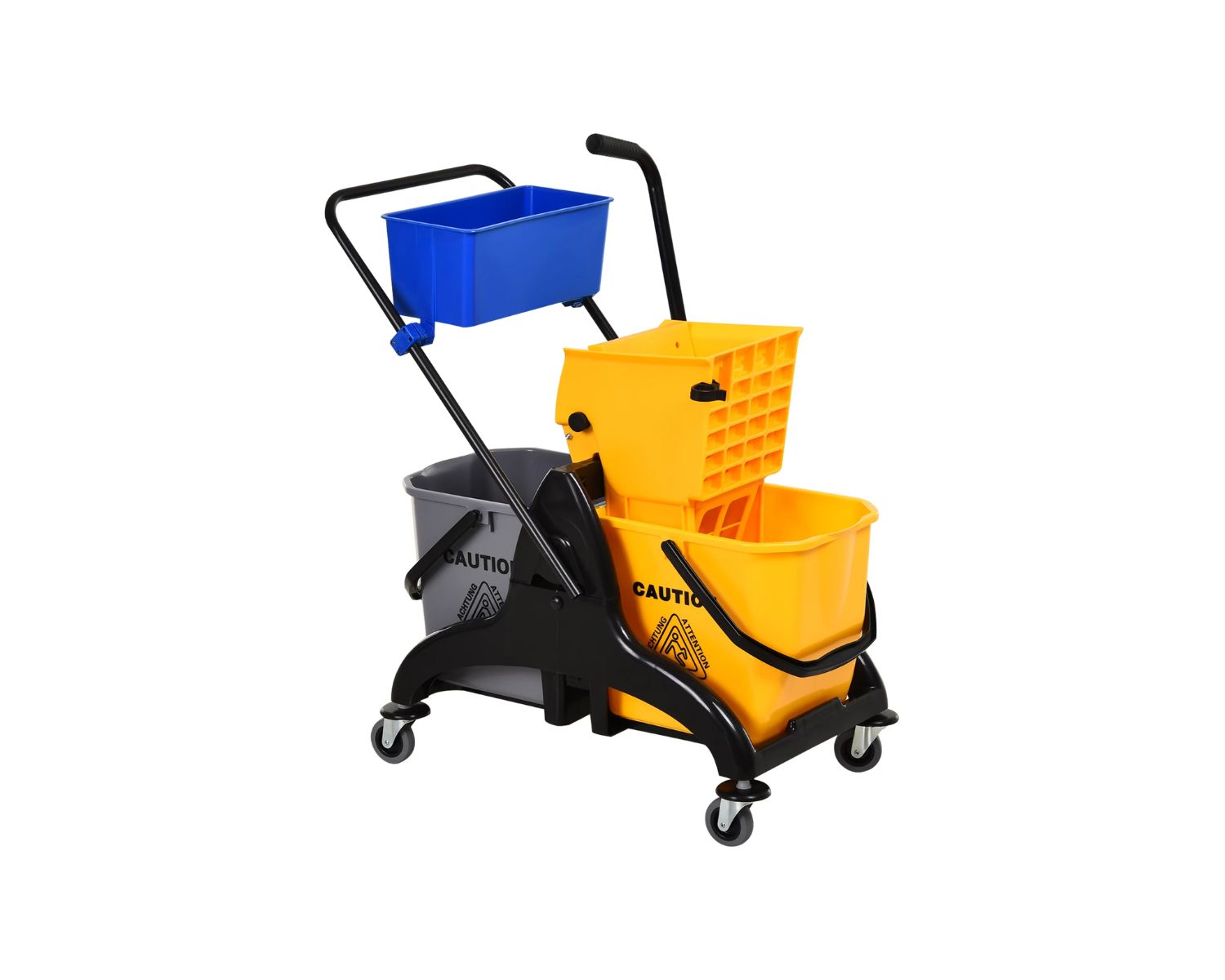
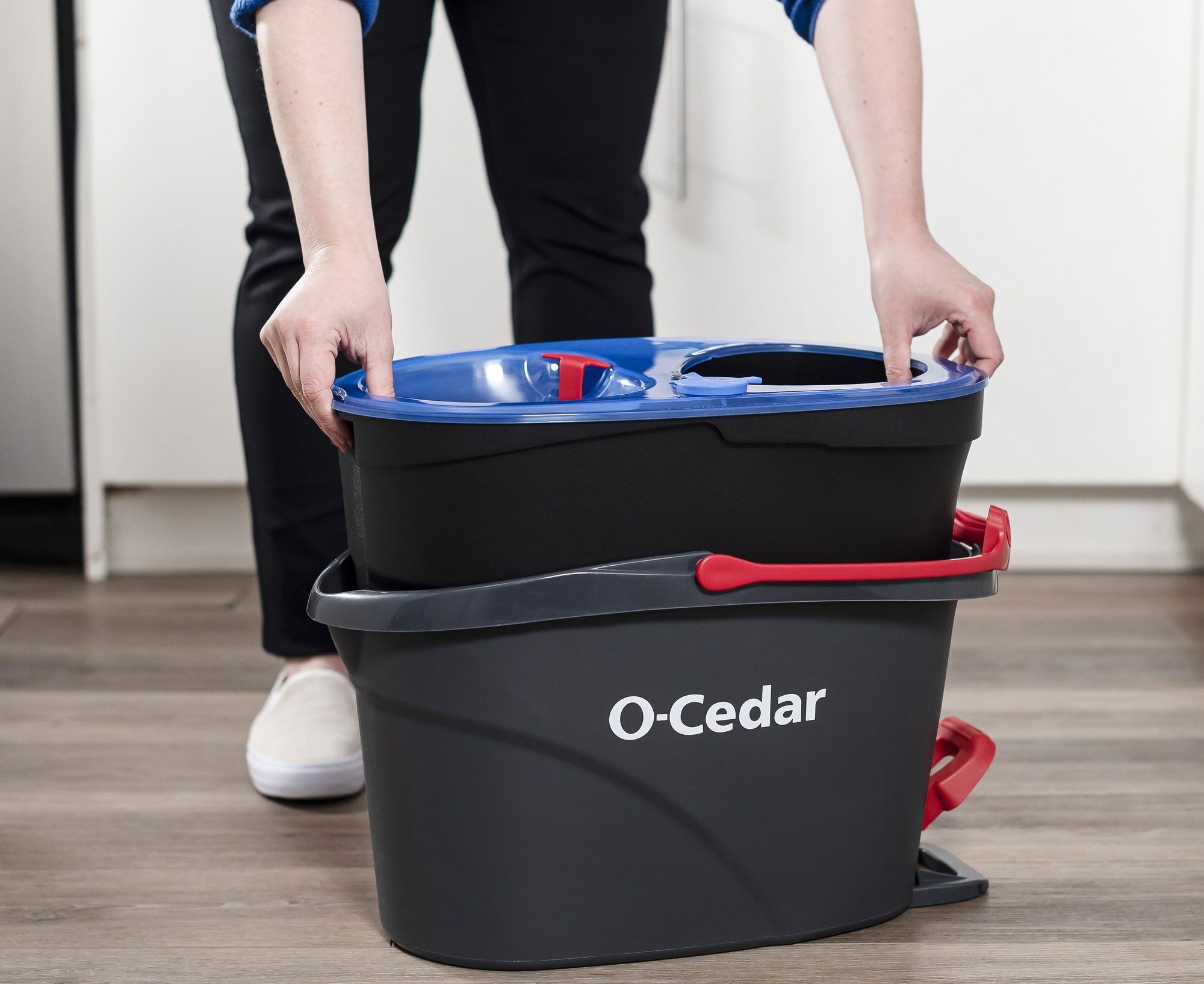
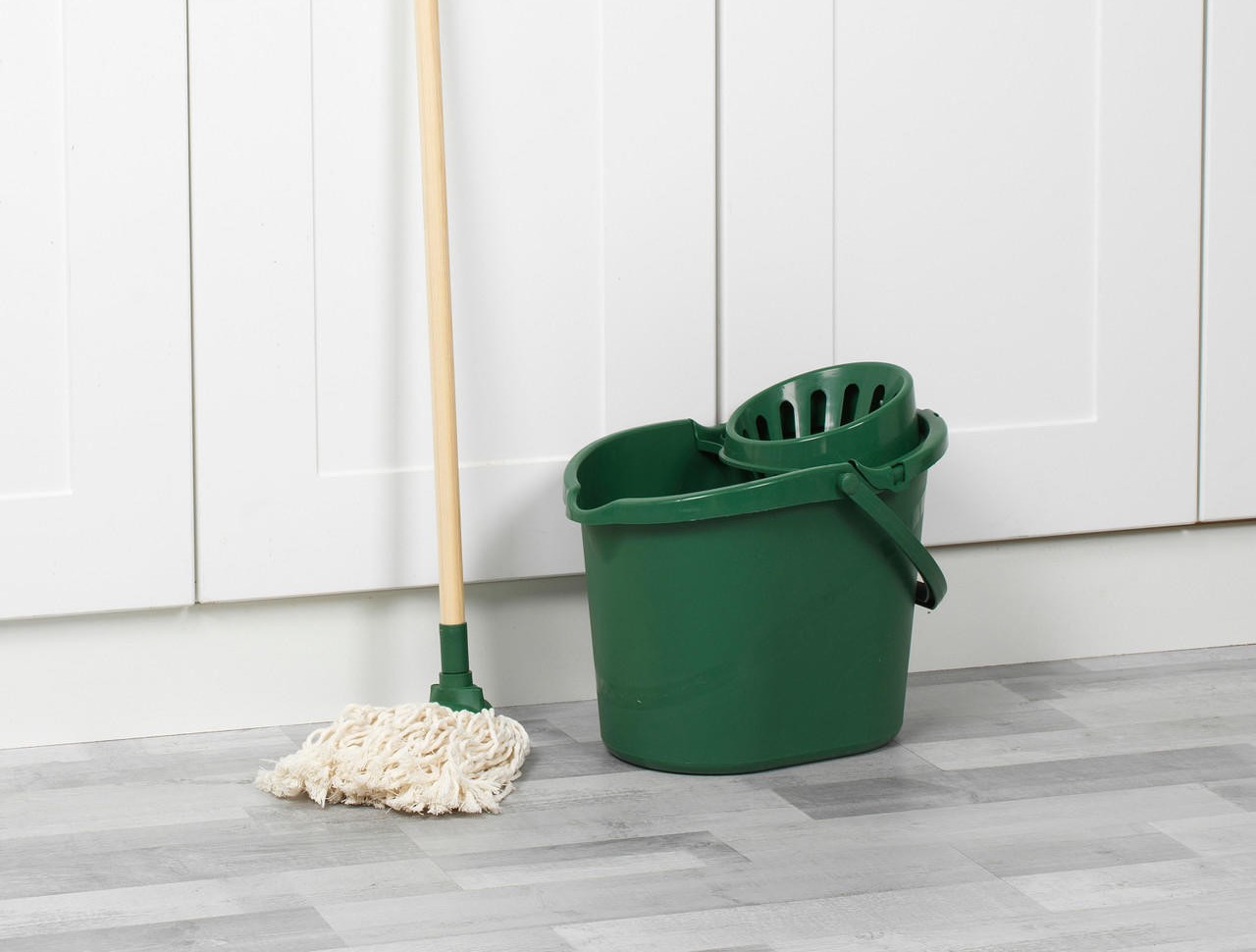
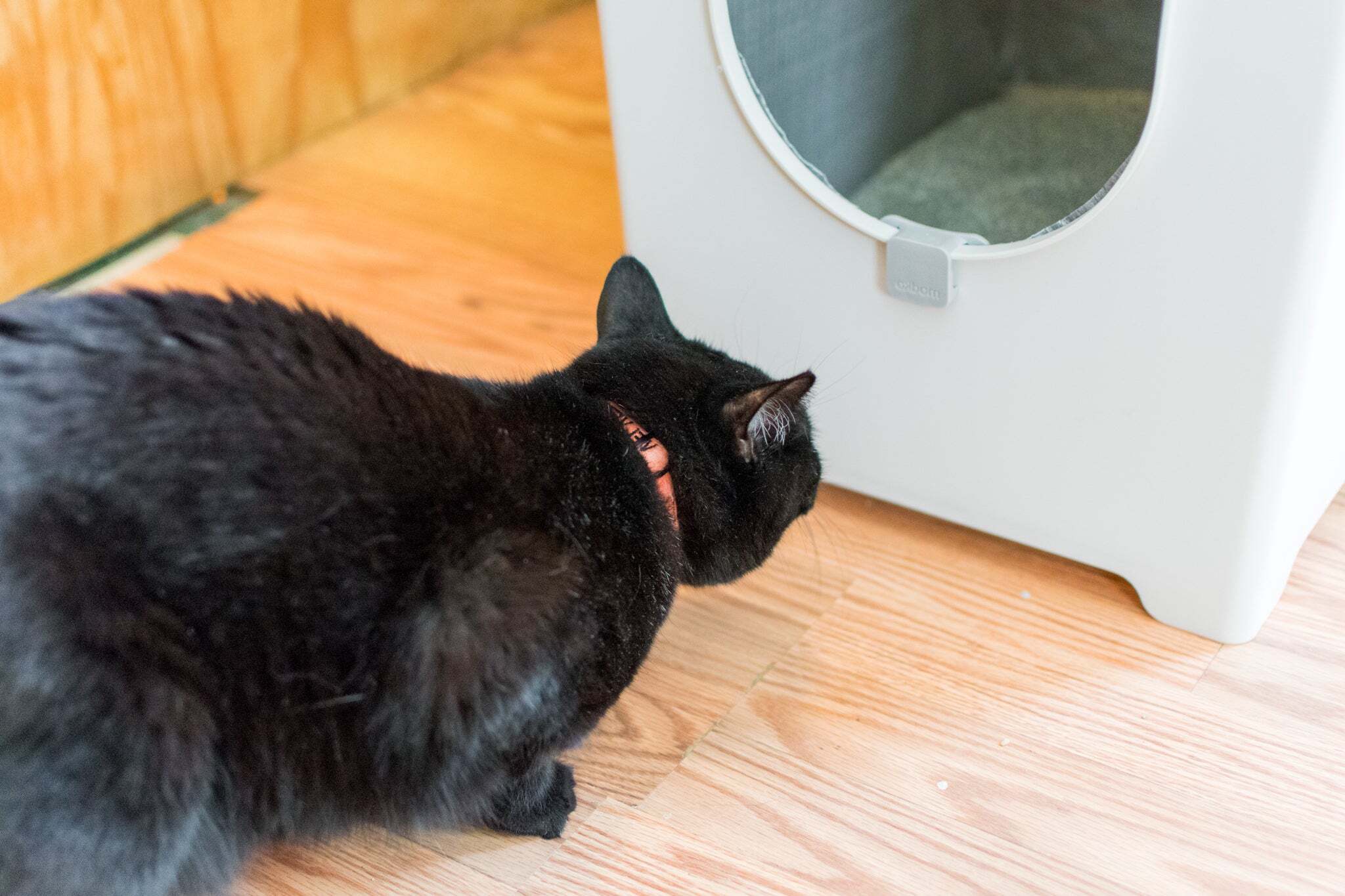

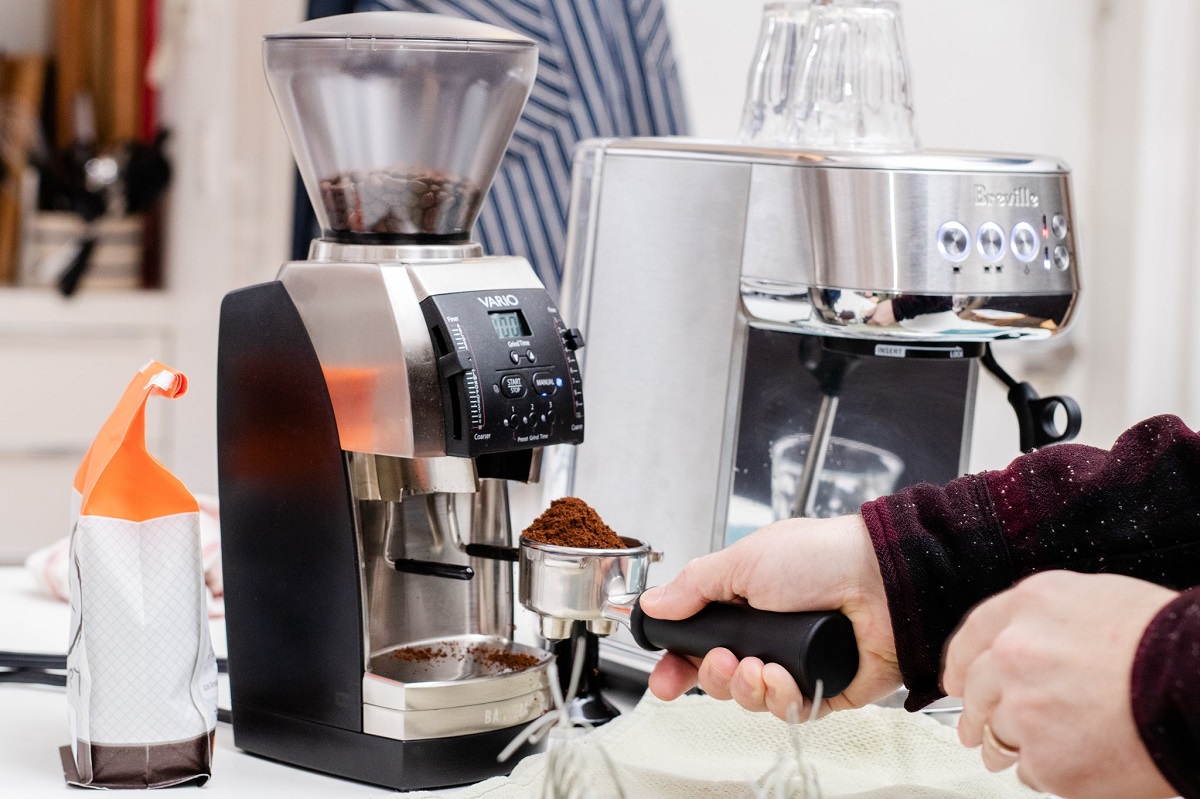
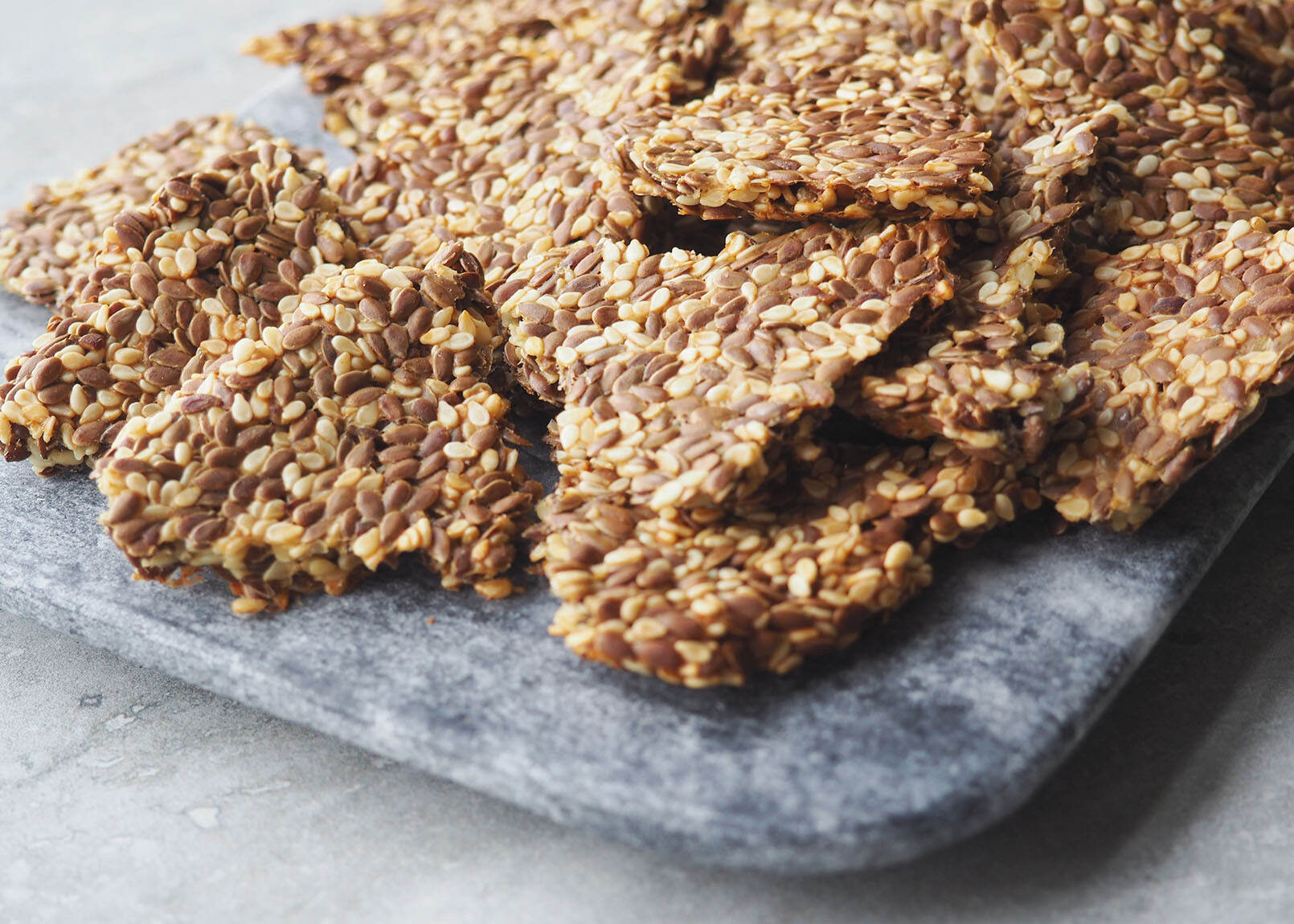
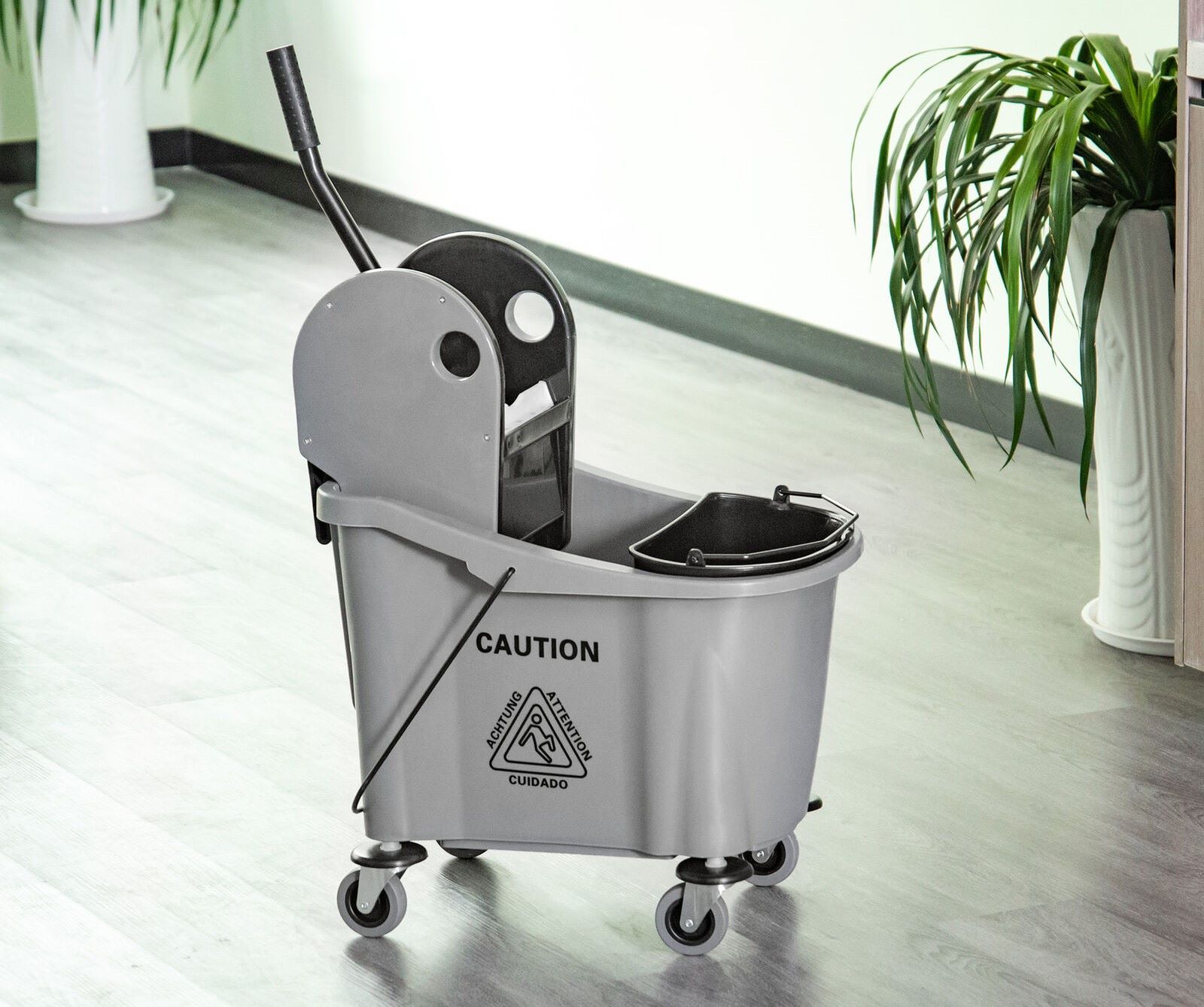

0 thoughts on “What Do You Put In A Mop Bucket”